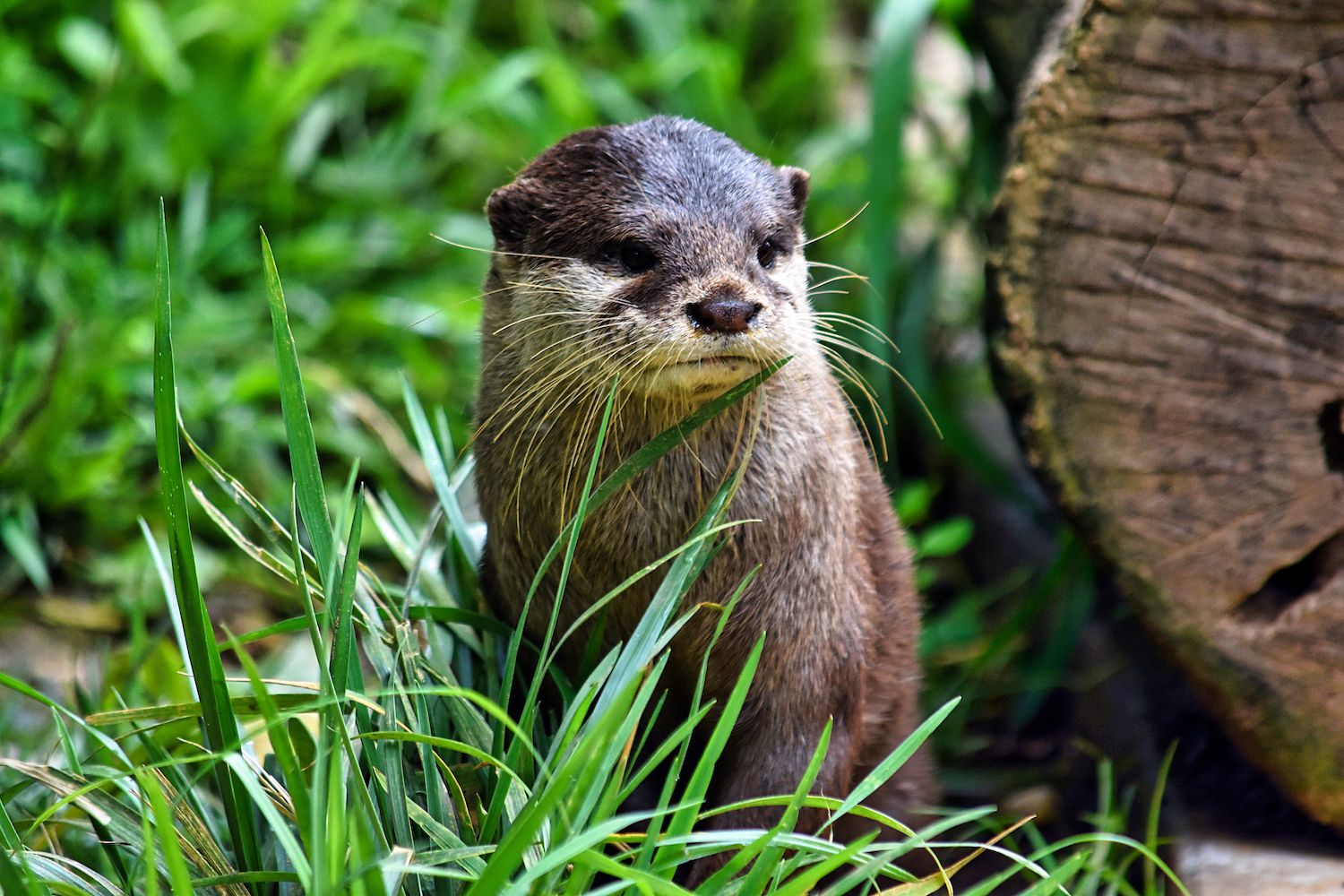Hungary has a diverse wildlife, including many species that contribute to its unique biodiversity. While most of its animals are peaceful, there are some potentially dangerous ones. Let’s explore some of these remarkable creatures found in Hungary.
Wildlife in Hungary
The Hungarian wildlife is truly one of a kind, with an incredible diversity of species found in its beautiful landscapes. With a massive 10 national parks and 39 landscape protection areas, the country offers a safe haven for an extensive variety of animals. The fauna includes a range of large mammals such as the wild boar and wolf, as well as smaller creatures like foxes and rabbits. Moreover, the country is home to a diverse array of birds, amphibians, and reptiles, all of which make Hungary a truly special place. Among the extensive list of species residing in Hungary, a few stand out due to their potential danger to humans. Despite this, the country’s nature reserves and national parks are carefully managed to ensure the safety of both wildlife and visitors alike, making it a fantastic destination for nature lovers and wildlife enthusiasts.
Moose and wild boar
While moose are not typically aggressive, their imposing size and strength can pose a threat to humans. They can occasionally be found in Hungary’s border regions and pose a particular risk to drivers. Collisions with moose can be fatal due to their large size.
The wild boar, or ‘vaddisznó’ as it’s known in Hungarian, is one of the most common and robust mammals found in Hungary’s forests. While not typically aggressive, wild boars are sturdy animals equipped with sharp tusks. They can become quite dangerous when they feel threatened or when a mother boar (sow) is defending her young.
Wild boars are primarily nocturnal and feed on roots, tubers, and small invertebrates, which they root out from the ground with their strong snouts. In Hungary, wild boars have been known to venture into human-populated areas, especially if food sources are available. This foraging behaviour occasionally leads to conflicts with humans, primarily due to crop damage.
Despite their reputation, wild boars generally avoid humans and pose little threat unless provoked. It’s important to remember to respect these animals, maintain a safe distance, and avoid feeding them. If encountered, making noise is usually enough to scare them away.
In Hungary, the most frequent dangerous animal incidents involve vehicle collisions with large mammals, particularly moose, deer and wild boars. These accidents often occur at night when visibility is poor, and these large animals can cause significant damage to vehicles and severe injuries to passengers.
Snakes, bats and spiders
The European Adder, Hungary’s venomous snake, typically avoids humans but can deliver a painful, venomous bite when disturbed. While usually not lethal to healthy adults, the venom can cause significant discomfort and nausea, and in rare instances, more severe reactions.
Bats, although common in Hungary, pose a risk due to diseases they may carry, such as the European Bat Lyssavirus (EBLV), a virus similar to rabies. While transmission to humans is extremely rare, it can be severe. Therefore, bats should only be handled when necessary and with appropriate protection.
Among Hungary’s diverse spider population, none are deadly to humans, but some species can deliver bites causing discomfort. The European Garden Spider, one of the most common, can inflict a painful bite, triggering allergic reactions in rare instances. A noteworthy species is the “szongáriai cselőpók,” a type of wolf spider, also known as the Hungarian bird spider. This is Hungary’s largest spider, and its bite can cause pain, nausea, and palpitations. However, these spiders are not aggressive and bite only when threatened.
Wolf and bear
European wolves are primarily found in the northern regions of Hungary and typically avoid humans. However, they can become dangerous if threatened or cornered. As intelligent pack animals with strong predatory instincts, they command respect.
Brown bears occasionally wander into Hungary from neighbouring mountainous regions. They usually avoid human contact, but they can pose a danger if surprised, feel threatened, or if a mother bear is protecting her cubs. Observing these wonderful creatures should always be done from a safe distance.
Eurasian otter
Eurasian otters are fascinating creatures that live in water environments such as rivers, lakes, and marshes. They have webbed feet for efficient swimming and a sleek body that helps them glide through the water. Although they are mostly harmless to humans, they have sharp teeth and strong jaws and can bite if they feel threatened or cornered. Therefore, it’s important to observe them from a safe distance and avoid disturbing them.
In Hungary, Eurasian otters are protected animals, and it’s against the law to harm or kill them. Observing these animals in their natural habitat is a great experience, and it’s crucial that we protect them and their environment.
Vocabulary
| wildlife | vadvilág |
| species | fajok |
| peaceful | békés |
| potentially | esetlegesen |
| diversity | sokszínűség |
| landscape | táj |
| mammal | emlős |
| amphibian | kétéltű |
| reptile | hüllő |
| moose | jávorszarvas |
| imposing | impozáns, lenyűgöző |
| collision | ütközés |
| wild boar | vaddisznó |
| robust | robusztus, erős |
| sturdy | erős |
| tusk | agyar |
| sow | koca |
| nocturnal | éjszakai |
| tuber | gumó |
| invertebrate | gerinctelen |
| visibility | láthatóság |
| venomous | mérges |
| bite | harapás |
| lethal | halálos |
| nausea | hányinger |
| bat | denevér |
| palpitation | szívdobogás |
| northern | északi |
| cornered | sarokba van szorítva |
| neighbouring | szomszédos |
| cub | medvebocs |
| otter | vidra |
| marsh | mocsár |
| webbed | úszóhártyás |
| harmless | ártalmatlan |
| sharp | éles |
| jaw | állkapocs |
| to harm | bántani |


